The Justice League has been defending the world, and the multiverse, since 1960 when they took up the torch left by the Justice Society of America. That earlier superteam disbanded in the early 1950s, not because of a villainous plot, but the greater threat of falling comic sales.
Less than a decade later, the Silver Age of Comics rejuvenated the superhero genre and unleashed a new generation of famous characters. While each hero generally worked independently in specific locations like Batman’s Gotham or Superman’s Metropolis, bringing them together to combat epic threats was a masterstroke on and off the page.
Some characters were already well-known. The core trinity of Superman, Batman, and Wonder Woman had each been around for about 20 years. But this new team combined those established characters with heroes fresh on the block in 1960. The Barry Allen incarnation of Flash had only been racing since 1956, while Green Lantern Hal Jordan had only masked up a year before.

The idea for this superteam came from legendary DC editor Editor Julius Schwartz. He asked writer Gardner Fox, co-creator of the original Justice Society in 1940, to repeat the trick. Schwartz came up with the team’s new name, believing “League” would better connect with young readers who followed sports.
The team Schwartz and Garner threw together had an immediate impact. Across New York, Stan Lee and Jack Kirby were inspired by the League to create their first superteam, The Fantastic Four. Comic books would never be the same again.
Over more than half a century, the membership of the League may have varied, but the array of villains, multiversal threats, and crises they’ve faced has not. Here are their best adventures.
The Justice League, The Brave & the Bold (1960)

The League’s first appearance in March 1960 started with Peter the Puffer Fish telling Aquaman about an alien menace. That turned out to be Starro the Conquerer, now most familiar as the giant extraterrestrial foe from 2021’s The Suicide Squad. The surprise in the comic is that most of the League are too busy to respond when Aquaman contacts them through a handy communicator in his A-belt.
Fortunately, they eventually find the time to team up and defeat the Conqueror and its mutated starfish with force, water, deduction, and oddly, lime. Despite that strange resolution and awarding teenager Snapper Carr a membership at the end, it’s refreshingly free of an origin for the team. The lineup decision was simple⏤all seven members were DC’s regularly published characters. Flash, Green Lantern, and Martian Manhunter joined more established characters Batman, Superman, Wonder Woman, and Aquaman. Though the roster of the League has changed throughout the years, this remains the default.
It only took two appearances in the pages of Brave and the Bold for this newest superteam to earn their own title. Within three years, they would be teaming up with the rejuvenated Justice Society of America to face their first crisis (back when that meant a good old-fashioned meeting of two Earths).
No Man Escapes The Manhunters (1977)

Seventeen years after they first joined forces, this ominous title gave the Justice League one of their greatest moral quandaries. Attacked by the powerful alien Manhunters, Green Lantern quickly surrenders, announcing that he’s guilty of “the most dreadful crime in the universe.” That crime is the destruction of the planet Orinda, bringing universal anger down on the Green Lantern Corps and Guardians of the Universe, and for which earth’s protector must face the consequences. Of course, not everything is as it appears, and the League finds itself at the center of a gigantic conspiracy. The storyline tests the Justice League, from the opening act and Lantern’s abduction to feats of intergalactic deduction.
Origin (2011)

Writer Geoff Johns and artist Jim Lee reimagined the Justice League (no longer of America) for one of DC’s most significant shake-ups. The New 52 era was an exciting experiment that emphasized creators but put less value on continuity between titles. The Superman of this Justice League isn’t the same fresh-faced jeans-wearer of Action comics at that time. Despite these inconsistencies, Johns’ spell on Justice League was just one highlight.
Origin reimagined the superheroes’ first meeting (except Green Lantern and Flash) and the mistrust and teamwork that followed as they battled one of the greatest threats in the DC universe. Traditional origins had the League forming to defeat Appellaxian invaders, but this gave them the harsher challenge of Darkseid’s first assault on Earth. The ruler of Apokolips would return in Darkseid War to usher the League into the Rebirth era. One of this era’s significant contributions was including Cyborg as a fully-fledged member of the team.
Tower of Babel (2000)

Mark Waid deconstructed the Dark Knight by using Batman to dismantle the League at the turn of the century. Waid flipped this founding member on his head by drawing on Batman’s mix of paranoia and preparation. Of course, Batman was manipulated by a well-known villain. But, the intricate ways Batman had prepared to take down each of his colleagues, and his failure to keep these secrets out of enemy hands, was a classic Justice League story during this initial arc and the aftermath.
The Tornado’s Path (2007)

After writing the devastating Identity Crisis, Brad Metzler took the reins of the Justice League in the wake of the multiverse-altering Infinite Crisis. His intricately-plotted initial story reaffirmed and freshened up the League. He spent a great deal of time pulling together the membership of this latest incarnation against the plotting of an unexpected foe. The twist of that villain’s identity is heartbreaking and fantastic (and, surprisingly, no one had tried it before).
Rock Of Ages (1998)

Grant Morrison took the baton from Jack Kirby in this epic that looked to the past as much as it influenced the Justice League for years to come. There’s a bit of everything in this six-issue storyline, including time travel, alternate dystopias, and a lot of Fourth World. Howard Porter’s artwork is sensational, and Morrison’s characterization of this Justice League is stunning. Both had hit their stride by the time they reached the third arc in their influential run.
JLA/JSA: Virtue And Vice (2003)

The Justice League and Justice Society had teamed up ever since 1963, but Virtue and Vice is an action-packed highlight. The last thing you want when two superteams start a tradition of marking thanksgiving together is to be attacked by the Seven Deadly Sins.
The Totality (2018)

The fourth volume of Justice League started explosively. Writer Scott Snyder jumped onto the title following his hugely successful run on the New 52 Batman and the DC-altering events of Dark Nights: Metal he had devised with frequent collaborator Greg Capullo. Here, Snyder joined with Jorge Jiminez to throw a fresh League against a mysterious threat. Although this Justice League adventure hinges on the back of Metal, Snyder shows once again he’s capable of building new mythology alongside expansive references to the rich history of the DC universe, including the return of criminal rivals the League of Doom.
Earth 2 (2000)

Alongside his brilliant run on the Justice League title, Grant Morrison revived the Crime Syndicate of Earth 2 for this graphic novel. The Syndicate’s first appearance following the Crisis on Infinite Earths came at a rare time that the DC Multiverse was restricted to just matter and antimatter Earths. Fun and twisty, Frank Quitely’s superb art backs Morrison’s imagination.
The Nail (1998)

DC’s occasional Elseworlds line, which imagines alternative realities across its universe, has thrown up some fantastic What Ifs…? for the League. Mark Waid and Alex Ross’s mythological miniseries Kingdom Come imagined a world of devastating consequences where superheroes have lost touch with humanity. Just as enjoyable was this League-focused story, which explored a Justice League and a DC Universe without Superman after Jonathan and Martha Kent’s truck was delayed by a single nail and a punctured tire. Is a Kingdom lost…all for want of a Superman?



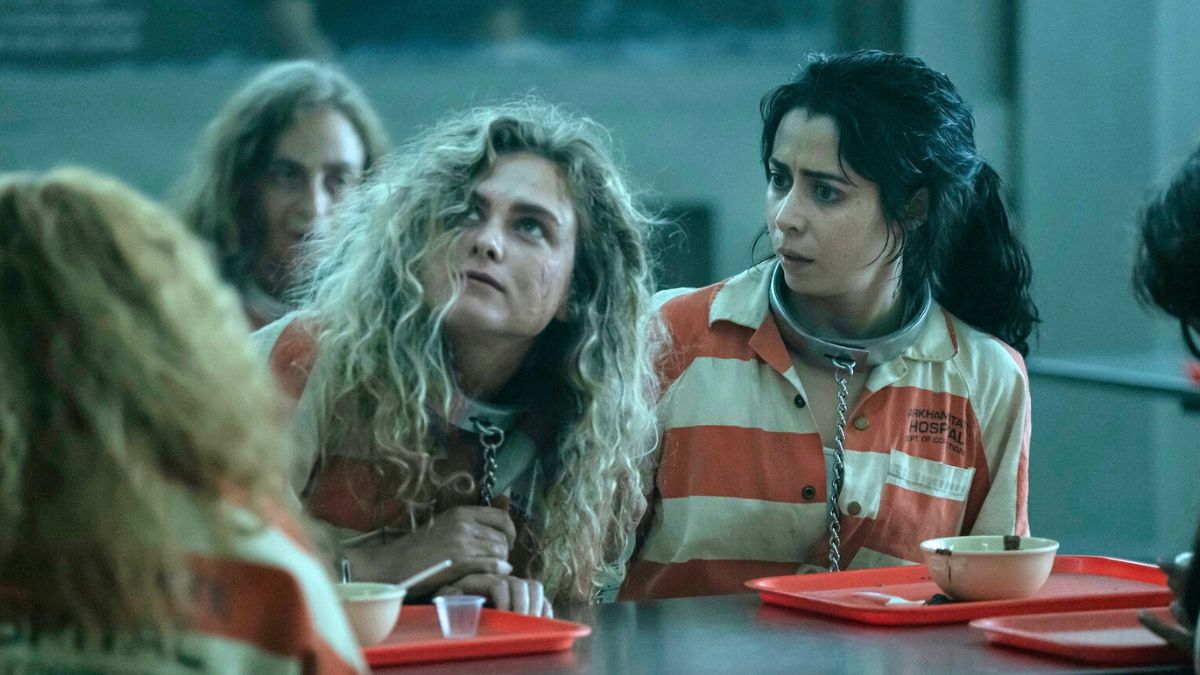
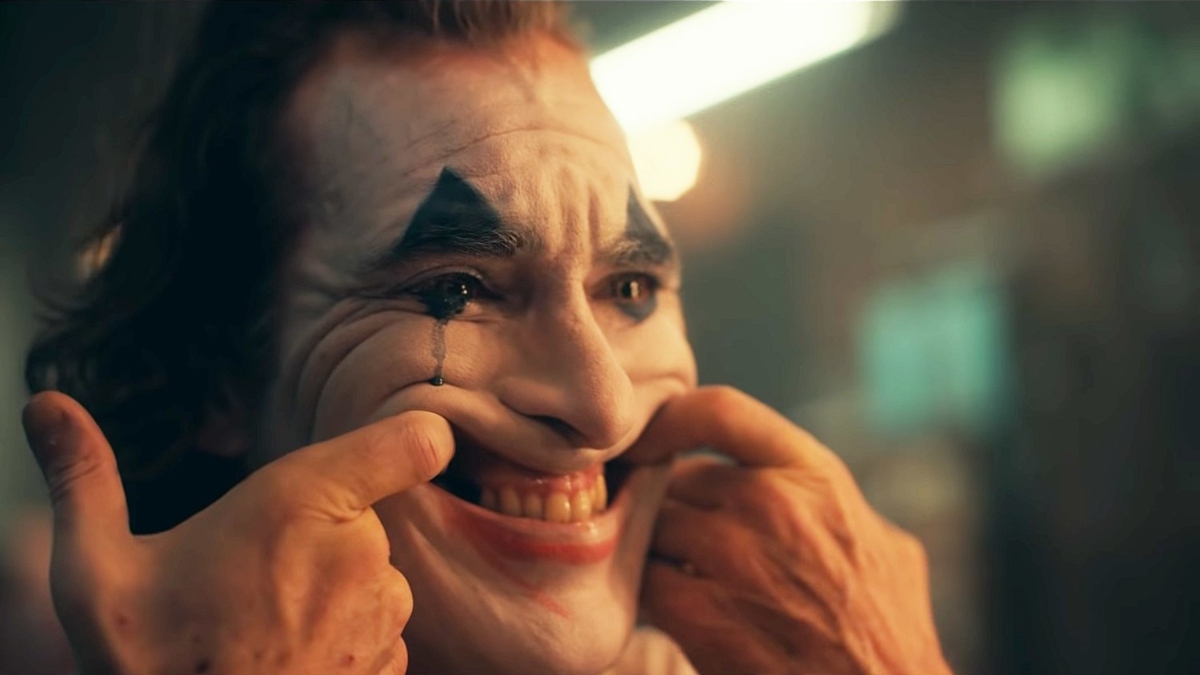
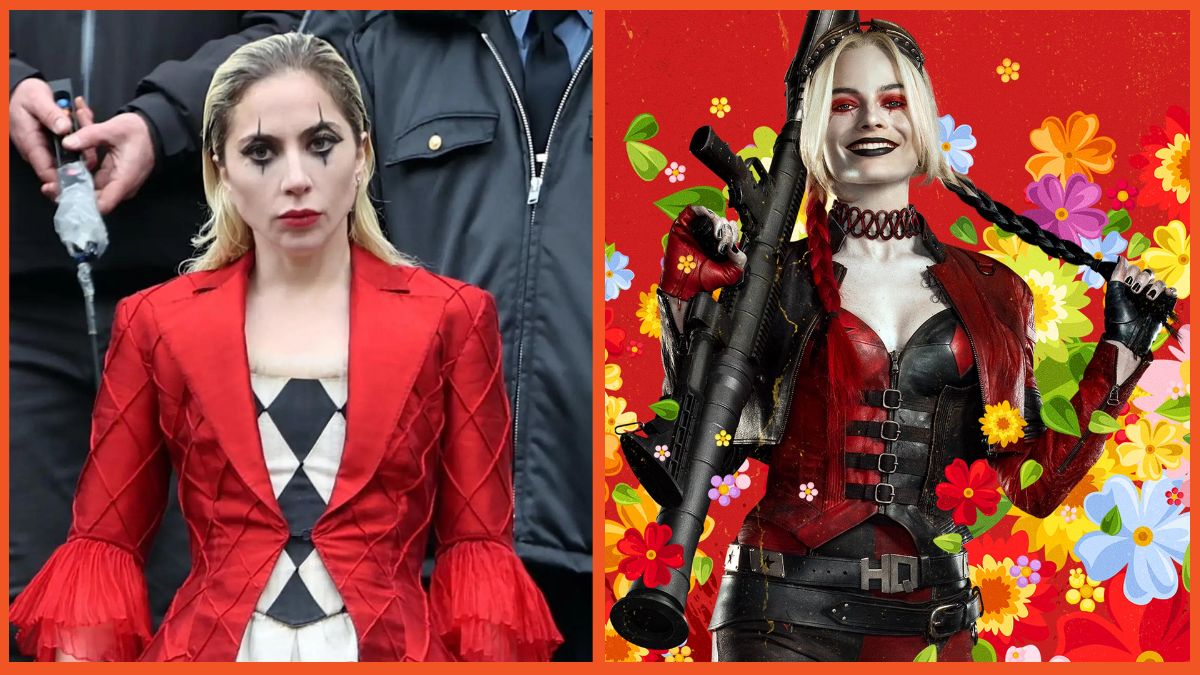
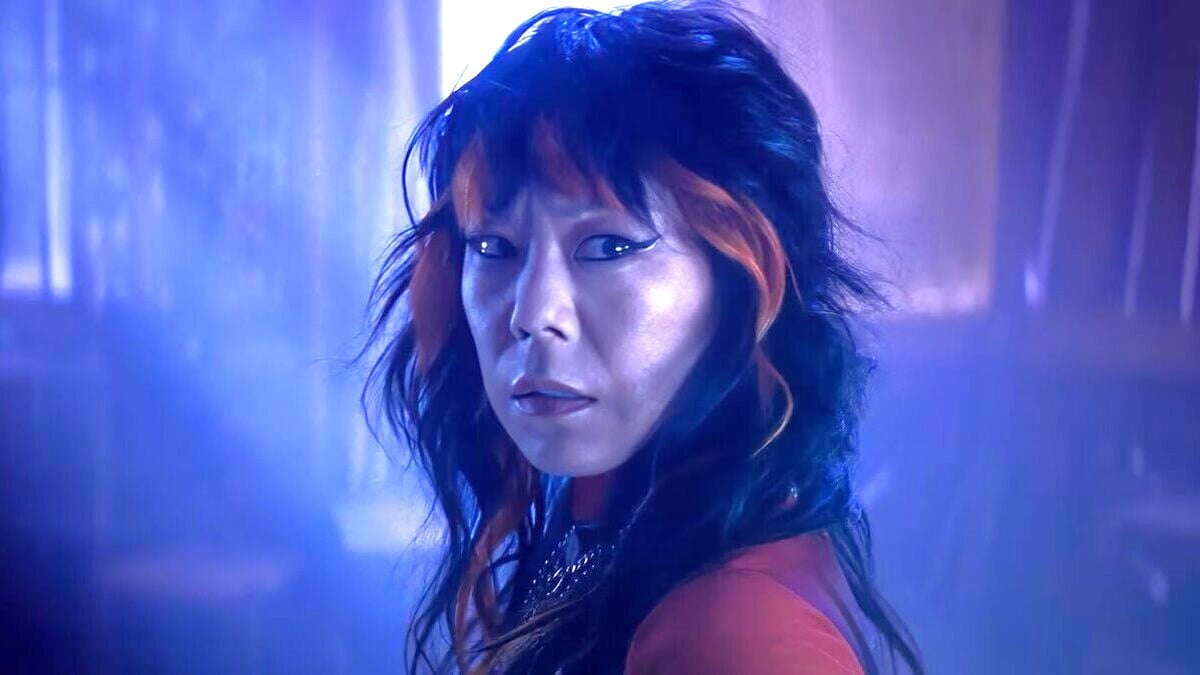
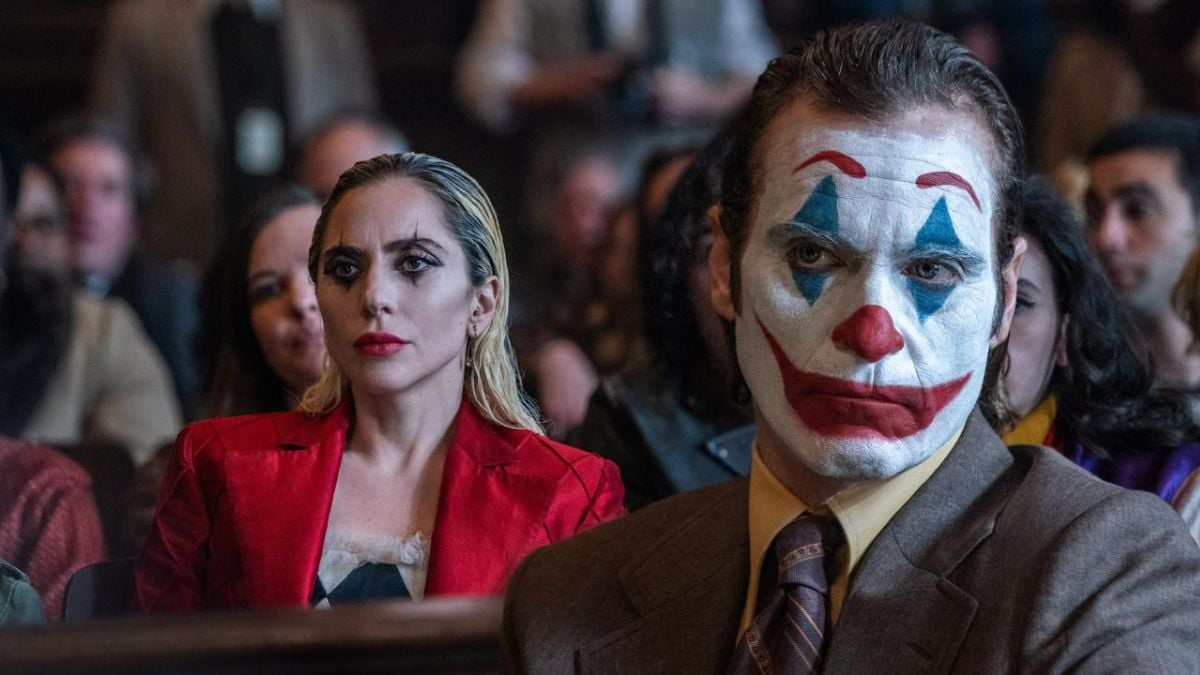

Published: Sep 19, 2021 03:45 pm